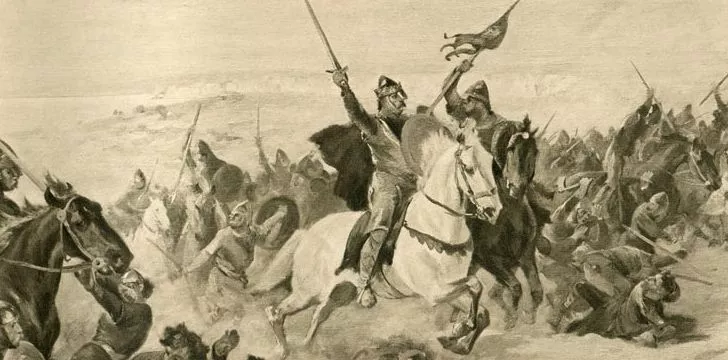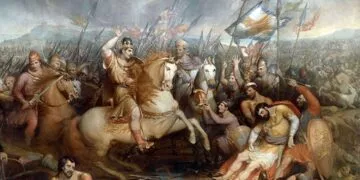It wasn’t easy for the United States to become the country we know today.
The bloody battles were part of the process of establishing the United States as an independent nation.
American colonies faced obstacles from the British Empire which was much superior to them.
One of those obstacles led to the Battle of Bunker Hill, during which British troops and the colonial army fought in order to gain control of the peninsula in Charleston, Massachusetts.
In order to explain the events that led up to the battle and describe the battle itself, here are 15 detailed facts about the Battle of Bunker Hill.
The Battle took place at one of the nearby Hills of Boston on June 17, 1775.
When colonial forces besieged Boston, they received information about possible upcoming troops from the British side into the adjacent hill, called Bunker Hill.
The colonial army sent 1,500 men to fortify the area in order to deter the British threats.
A famous American Colonel, William Prescott commanded the Battle of Bunker Hill.
William Prescott supposedly said to his troops, “Do not fire until you see the whites of their eyes.”
He wanted his army to shoot the enemy from a close distance, so shots could become more lethal.
By using that strategy, Prescott also wanted to use a limited stock of ammunition more efficiently.
That strategy worked effectively until the colonial forces ran out of ammunition.
The battle demonstrated to the British how inexperienced militia could stand up against experienced troops regardless of expertise.
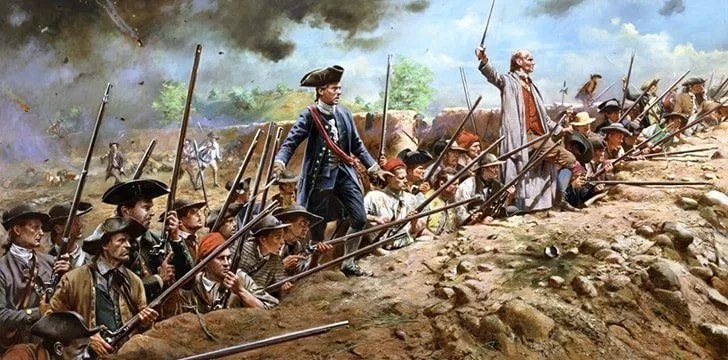
British claimed a victory, but with many costs. The casualties from the British side were significantly higher.
About 1,150 soldiers out of 2,400 British troops either got killed or wounded, while American colonial forces got away with 450 wounded and killed soldiers.
On top of that, the British army lost their valuable officers.
Although the colonial army could not control the area against the British forces, they could discourage the British from making further frontal attacks in the future.
Although the battle is called “the Battle of Bunker Hill”, most of the fighting took place on Breed’s Hill.
Originally, colonial militiamen planned on building a fort on Bunker Hill; however, they passed the hill in darkness and chose Breed’s Hill instead.
Breed’s Hill was much smaller but closer to British positions.
Some historians consider that the choice of Breed’s Hill was militarily nonstrategic, but a lot more threatening for the British who were about to attack.
British troops outnumbered the colonial army.
About 2,400 British troops marched against 1,500 colonial militiamen under the commands of General William Howe.
Some historians believe that it was the poor judgment of general Howe that brought to the high number of casualties on the British side.
He could have easily surrounded colonists from the sea using mighty British ships.
Instead, he ordered soldiers to march uphill, hoping Americans would retreat.
However, Americans showed unexpected resistance.
They could deter two waves of British attacks until they run out of ammunition and engaged in hand-to-hand battle during the third wave.
Only half of the fort was built when British troops attacked.
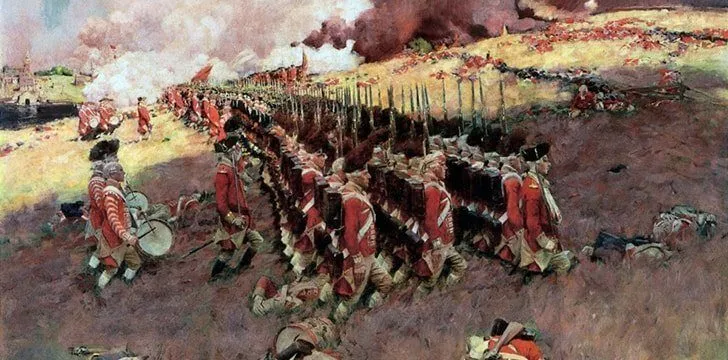
Colonial troops could complete only half of the fort when the British troops started to fire cannonballs at 5 in the morning.
Their unpreparedness was even described in one loyalist soldier’s letter to his mother.
Peter Brown, the soldier who wrote the letter, described to his mother how the soldiers felt insecure in the half-finished fort.
The King of Great Britain George III responded to the Battle of Bunker Hill with the Proclamation of Rebellion.
Proclamation of Rebellion was the strict message from the British Empire that the rebellion by American colonies will be treated as a treacherous act.
Therefore, those actions would be punishable by law.
Through the Proclamation, George III ordered officials of the British Empire “to use their utmost endeavors to withstand and suppress such rebellion.”
British troops were called redcoats during the battle.
In some historical documents, British soldiers were described as redcoats because of the uniforms they wore during the battles.
But why did the British Empire have red as their military color?
There are several theories: A red dye was cheaper than blue and yellow, and red is much visible during smoky battles.
Unlike British troops, American loyalists fought in their civilian clothing.
The weapons used by American soldiers were inferior to what British soldiers used.
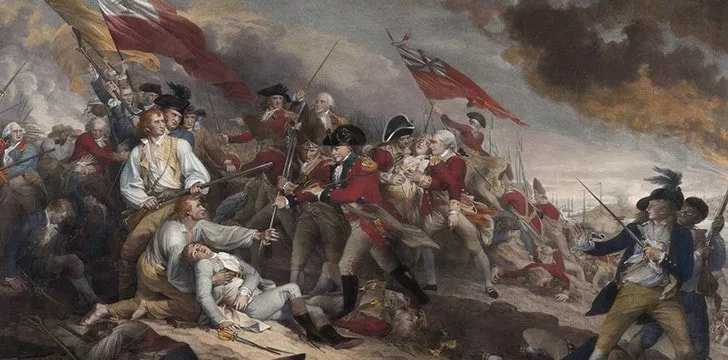
Each British soldier was equipped with muskets and bayonets.
Americans also had muskets, but some soldiers used other available weapons instead of bayonets.
After the Battle of Bunker Hill, the British army fortified Bunker Hill and Breed’s Hill.
The British took both of the hard-earned Hills under their control and fortified them until they evacuated Boston completely.
Major John Pitcairn got killed while he was commanding British Marines up the Hill.
During the Lexington and Concord battles, British Marine General John Pitcairn achieved fame as a person who fired the first shots of the war in Lexington Greens.
When he got shot, he fell into the hands of his son who was also a Marine officer.
After the battle of Bunker Hill, he died of deadly gunshot wounds.
The 6th U.S. President, John Quincy Adams, observed the Battle of Bunker Hill.
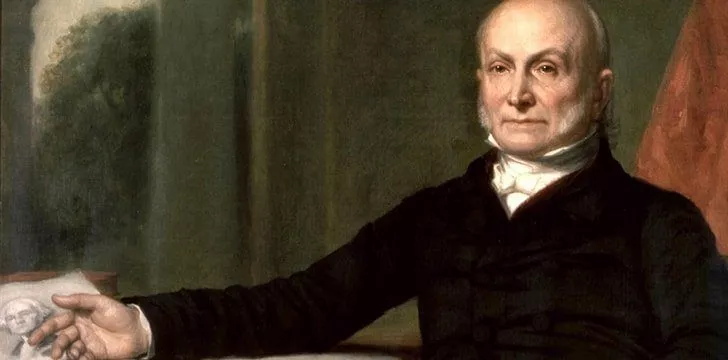
During the battle, John Quincy was a 7-year-old boy from Boston, Massachusetts.
He and his mother Abigail Adams observed the stressful thunders of the war on top of Penn’s Hill.
According to John Quincy’s letter, he and his mother shed a tear when they learned that their dear friend Dr. Joseph Warren got killed in the battle.
Black soldiers also fought in the battle of Bunker Hill.
According to the African American Registry, 103 black and Native Americans joined the colonial forces to fight against British troops.
Two black soldiers among them were redeemed as heroes. They were Salem Poor and Peter Salem.
Salem Poor was an African-American slave who bought his freedom for 27 pounds and joined the colonial army.
Peter Salem, however, was released by his master, Major Lawson Buckminster, so Peter could join the army and serve.
Some historical records indicate that it was Peter Salem who killed the British Marine Major John Pitcairn.
A 221 feet (67 meters) tall granite monument was constructed on the battle site.
Although the monument is known as Bunker Hill Monument, it was erected on Breed’s Hill.
Its name is as misleading as the name of the battle itself. Breed’s Hill was the place where most fighting took place and it is also where the monument is standing today.
The monument was constructed between 1825 and 1843 and was renovated in 2007 with a cost of over $3.7 million.
Tony Malanowski directed a movie about the Battle of Bunker Hill in 2009.
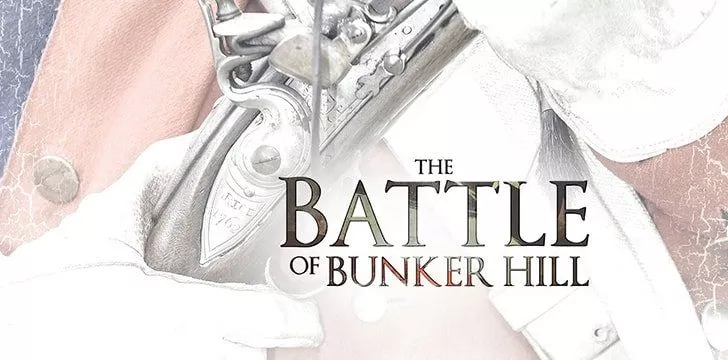
The video “The Battle of Bunker Hill” was shot like a documentary film.
Due to the number of letters and information we know about this battle, the movie is widely considered accurate to actual events.
So it could be an informative video for you to watch if you need to widen your knowledge of the battle!
